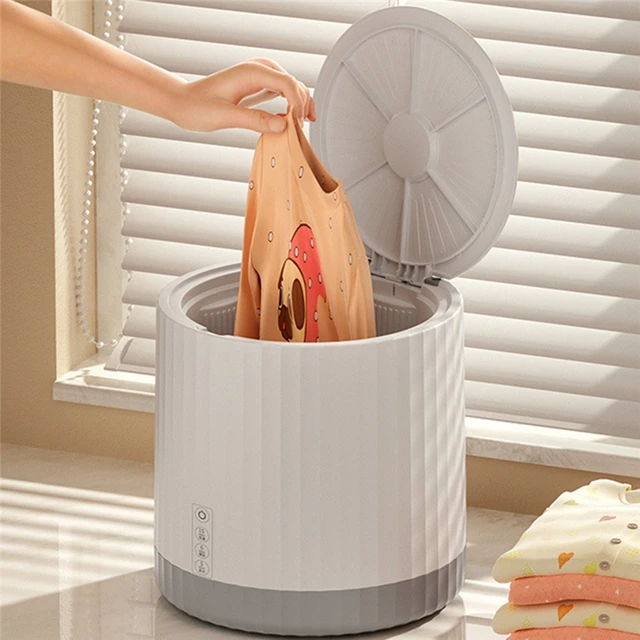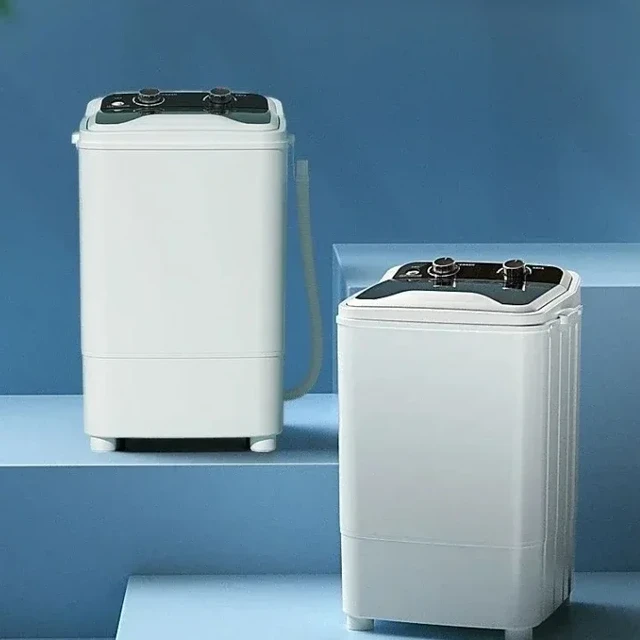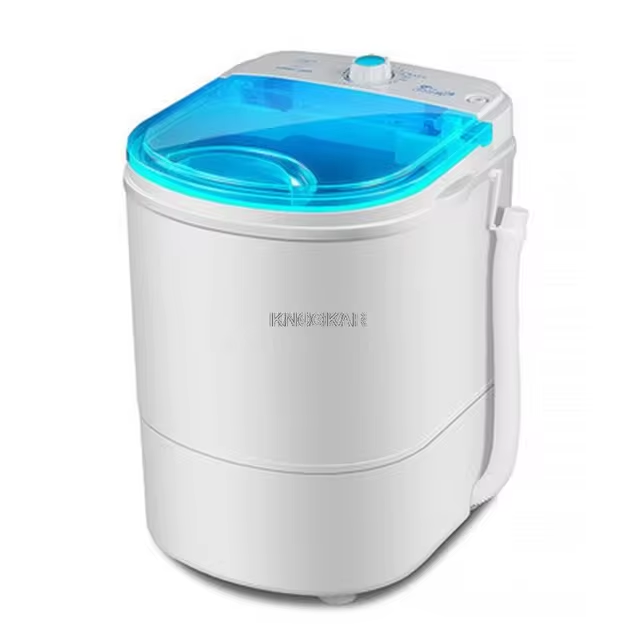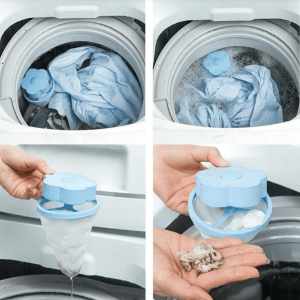Why My Washing Machine Is Not Spinning: An In-Depth Guide
A washing machine is an essential household appliance that has made doing laundry an easier and more efficient task. However, sometimes, you may find yourself staring at a pile of wet clothes after a cycle has finished, wondering, “Why is my washing machine not spinning?” This dilemma can be frustrating, especially when you depend on the machine for regular laundry chores. In this comprehensive article, we’ll explore the myriad reasons your washing machine might be failing to spin, as well as possible solutions.
Understanding the Basics of Washing Machine Functionality
How a Washing Machine Works
Before diagnosing the issue at hand, it’s essential to understand how a washing machine operates. A washing machine typically goes through several stages, which include filling the drum with water, agitating the clothes, rinsing, and finally, spinning to remove excess water. The spinning phase is crucial for preparing clothes for drying, and when that phase fails to occur, it can be highly inconvenient.
Different Types of Washing Machines
There are primarily two types of washing machines: front-loading and top-loading. Both types have their own mechanisms for cleaning and spinning. While the fundamental principles remain the same, some components may differ from one type to the other. Recognizing your machine type can help narrow down potential issues.
Common Reasons for a Washing Machine Not Spinning
Unbalanced Load
One of the most common reasons for a washing machine not spinning is an unbalanced load. When heavy items—like towels or jeans—are mixed with lighter clothing, the weight distribution inside the drum can become uneven. Most modern washing machines are equipped with sensors that detect this condition and prevent spinning to avoid damage.
How to Resolve an Unbalanced Load
To fix this issue, distribute the clothing evenly inside the drum. If you have a large load, consider splitting it into smaller, more balanced sections. Ensuring that you do not overload the machine is key here.
Clogged Filter
Washing machines have a filter that traps lint, hair, and other debris. Over time, this filter can become clogged, affecting the machine’s ability to spin effectively. A clogged filter can prevent proper drainage, leading to water remaining in the drum, which can stop the spin cycle.
Steps to Clean the Filter
- Locate the Filter: Check your user manual for the filter’s location, often found at the bottom front of the machine.
- Turn Off the Machine: Always turn off and unplug the washing machine before conducting any maintenance.
- Remove the Filter: Carefully unscrew and pull out the filter. Be prepared for possible water spillage.
- Clean It: Rinse the filter under running water to remove trapped debris.
- Reinstall: Secure the filter back into position and check if the issue persists.
Drainage Problems
If water cannot flow freely out of the washing machine, the spin cycle may not activate. Blocked drains or kinked hoses can result in drainage issues, causing water to accumulate in the drum.
Diagnosing and Fixing Drainage Issues
- Check the Drain Hose: Ensure the drain hose is not kinked or blocked. It should be elevated to the proper height, as specified by your user manual.
- Inspect the Drain Pump: The drainage pump may be obstructed or malfunctioning. You may need to remove and inspect this component as well to clear any blockages.
- Listen for Sounds: When trying to drain, listen for the pump’s sound; a buzzing noise may indicate a blockage or damaged pump.
Door or Lid Switch Malfunction
Most washing machines have safety features that prevent them from spinning when the door is open. If the door or lid switch is malfunctioning, the machine may mistakenly believe it is open, causing it to skip the spin cycle.
How to Test and Fix Switches
- Inspect the Door: Check to ensure the door closes properly and the latch engages.
- Test the Switch: You can test the door switch using a multimeter to ensure it functions correctly. If the switch is defective, it will need replacement.
Wear and Tear on Components
Like any appliance, washing machines have parts that may wear out over time. Components such as the motor, drive belt, or transmission can experience damage due to age and usage.
Signs of Wear and Tear
- Unusual Noises: Grinding or banging noises during operation can indicate failing components.
- Ineffective Spinning: If the machine struggles to initiate the spin cycle, the motor may need attention.
Professional Assistance
Diagnosing and repairing internal components may require professional help. If you suspect wear and tear, consult a qualified technician to evaluate and repair your washing machine.
Faulty Motor Control Board
The motor control board manages all operational functions in the washing machine, including the spin cycle. A malfunctioning board can prevent the spin cycle from engaging, leaving your clothes soaked.
Identifying Motor Control Board Issues
- Check for Error Codes: If your machine has a digital display, check for error codes that might point to the motor control board.
- Visual Inspection: Inspect the board for any obvious signs of damage, such as burnt components or corrosion.
- Seek Professional Help: If the motor control board appears damaged, it is advisable to consult a professional technician for assessment and replacement.
Preventative Maintenance Tips
Regular Cleaning
To prevent unexpected problems, routinely clean the filter and drum. Keeping your machine clean helps maintain optimal performance.
Run Regular Cycles
Regularly running your washing machine even when not full helps keep the components in good working order. It also helps prevent the buildup of grime and odor.
Ensure Proper Load Distribution
Pay attention to how you load your washing machine. An evenly distributed load will minimize the risk of becoming inefficient or unbalanced, leading to spin cycle failures.
 Focus on User Manual Guidelines
Focus on User Manual Guidelines
Each washing machine model comes with its own user manual, which provides essential guidelines for operation, maintenance, and troubleshooting. Reading this manual can be invaluable when assessing issues like why your washing machine is not spinning.
Referring to User Manuals
User manuals typically include:
- Troubleshooting Sections: Most manuals have dedicated troubleshooting sections that can guide you through common issues.
- Maintenance Tips: Follow the maintenance recommendations to ensure your machine runs smoothly.
- Emergency Procedures: Manuals often include safety procedures to follow during troubleshooting.
When to Call a Professional
Not all issues can be resolved at home, and that’s okay. If you find that your attempts to fix the washing machine are unsuccessful, or if you come across complex problems involving electrical components, don’t hesitate to call in a professional technician. Professional pickup repair services have the expertise and tools necessary to resolve complex washing machine issues efficiently.
Conclusion: Why My Washing Machine Is Not Spinning
In summation, if you find yourself asking, “Why is my washing machine not spinning?” it can stem from a variety of causes, including unbalanced loads, clogged filters, drainage problems, door switch malfunctions, wear and tear on components, and faulty motor control boards. By understanding the mechanics of your washing machine and employing preventive measures, you can significantly reduce the likelihood of encountering such issues. Regular maintenance and adherence to the user manual can also prolong the life of your appliance, ensuring that your laundry routine remains smooth and stress-free. If all else fails, don’t hesitate to seek professional assistance to get your washing machine back in working order.



